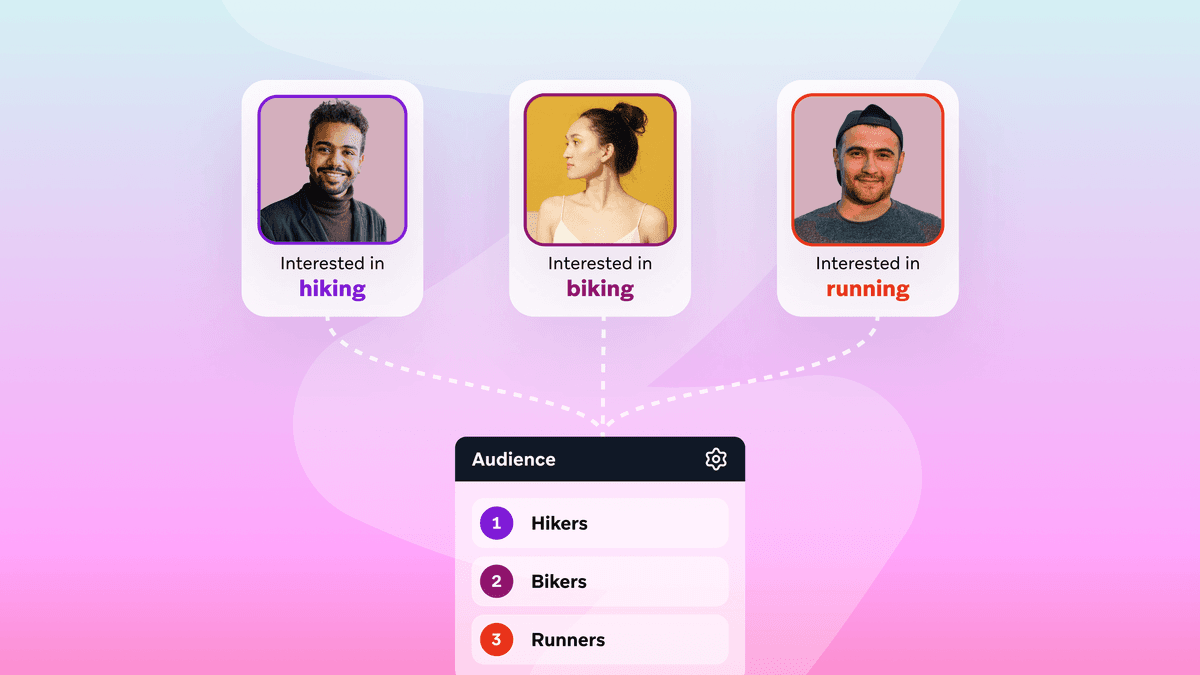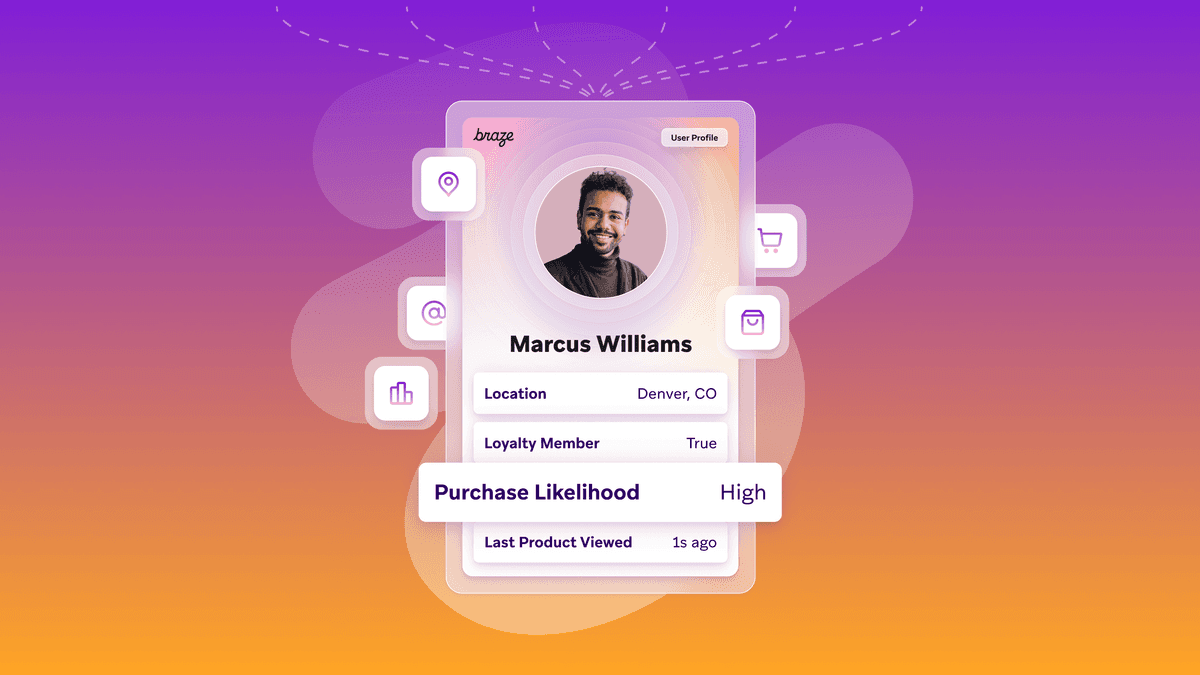Effective Marketing Personalization Strategies
Published on December 06, 2022/Last edited on December 06, 2022/4 min read


Mary Kearl
WriterIt’s well known that effective marketing personalization drives engagement and conversions, but what makes for effective personalization, anyway?
For answers, we turned to three experts in the field: Angela Longoria, Product Manager, Buyer CRM at realtor.com, Meghan Noel, Global VP of Pre Sales and GTM Enablement at Amplitude, and Sasha Waletzko, Marketing Technology Manager at CleanChoice Energy. Here are some of the key insights they shared at FORGE 2022, our annual customer engagement conference.
5 Strategies to Deliver More Effective Marketing Personalization for Your Customers
#1: Define your goals and your segments to guide your marketing personalization strategy
Before you can personalize anything, whether that’s an email or an in-app experience, you have to know who you’re personalizing your marketing for—which groups of users.
“Think about the goals you have and how personalization can help you achieve those goals, then look at what kind of personalization, based on what you understand about your customer—or, rather, what you don’t understand them—might be a suitable personalization campaign or attempt of some kind,” says Meghan.
#2: Go beyond personalizing based on demographics—tailor experiences based on first-party data
While many brands use demographic information to make assumptions about how to personalize their campaigns and experiences, leading brands are using first-party data to “take the guesswork out of the equation and ensure their personalization is as relevant as possible,” says Meghan. For instance, an eCommerce could create behavioral cohorts based on the types of products a group of users has purchased or the types of items a group has left abandoned in shopping carts, while a video subscription service brand could create a segment of users who are likely to sign up for a trial.
#3: Test and measure the impact of your marketing personalization efforts
“Personalization should not be done just for the sake of personalization—as marketers our job is to convert,” says Sasha. If personalization isn’t delivering your desired results, then it’s time to rethink your strategy.
As another example, Angela and her team at realtor.com tested a new push notification using Braze, directing users to a search results page of homes that they make like, a recommendation based on past user behaviors. While not as personalized as the brand’s notifications based on saved searches or saved homes, the company measured a 3X growth in volume and leads thanks to this campaign.
“While the recommendations we tested may not have been the most personalized as others, it still is relevant to the consumer, which is what makes it successful,” says Angela.
#4: Don’t go overboard with your marketing personalization
Yes, there is such a thing as too much personalization—particularly when specific details are used—and if PII is used in ways that it’s not supposed to be, that could result in legal troubles, says Sasha.
“A big cringe factor with personalization for me is when I can tell something is targeted to me without my consent,” says Meghan. “When users are creeped out or feel violated in some way, that is a good indicator that there is too much personalization for that use case. You may want to rethink your approach if you start hearing that from your audience because that can negatively impact your metrics and perception of your brand.”
#5: Recognize that marketing personalization is tough, and that you need the right tools to do it right
“Every marketer wants to do personalization, but not that many have actually achieved it at scale, effectively,” says Meghan. It can be challenging to get the right data and build the right tech stack, she explains.
Angela says her team at realtor.com rely on a combination of testing capabilities, data operations, and rich reporting to build out a strong personalization program.
Her team uses agile marketing approaches to continuously test their efforts, works in collaboration with the company’s data science and analytics teams to identify and build the right audience groups, and has the support of a MarTech team that ensures they have access to relevant data. For example, ne of the tools realtor.com relies on is Braze for “easy and faster testing,” says Angela.
Improve Your Revenue with Effective Marketing Personalization
Get the Braze guide Personalization: The Key to Your Digital Transformation and find out personalization strategies you can use to boost your revenue by 10-30%.
Related Tags
Be Absolutely Engaging.™
Sign up for regular updates from Braze.




